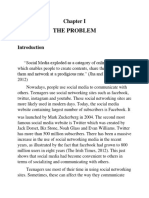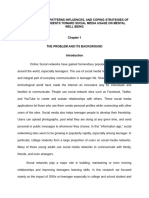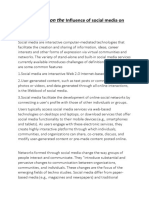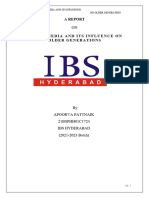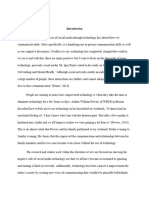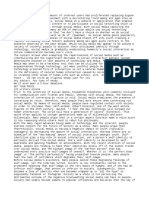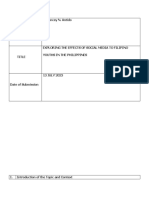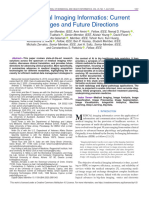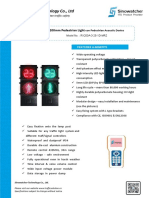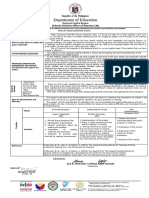0% found this document useful (0 votes)
89 views27 pagesResearch Report
This document summarizes a research report on the impacts of social media on the well-being of young people. It aims to examine how social media affects communication for millennials and generation Z. The report reviews literature on the psychosocial effects of social media use and how digital technology could potentially improve well-being. While social media may have some negative consequences like lower self-esteem, the findings did not support the original hypothesis that social media has an outright negative impact on happiness.
Uploaded by
Kristel Mae PerdezoCopyright
© © All Rights Reserved
We take content rights seriously. If you suspect this is your content, claim it here.
Available Formats
Download as DOCX, PDF, TXT or read online on Scribd
0% found this document useful (0 votes)
89 views27 pagesResearch Report
This document summarizes a research report on the impacts of social media on the well-being of young people. It aims to examine how social media affects communication for millennials and generation Z. The report reviews literature on the psychosocial effects of social media use and how digital technology could potentially improve well-being. While social media may have some negative consequences like lower self-esteem, the findings did not support the original hypothesis that social media has an outright negative impact on happiness.
Uploaded by
Kristel Mae PerdezoCopyright
© © All Rights Reserved
We take content rights seriously. If you suspect this is your content, claim it here.
Available Formats
Download as DOCX, PDF, TXT or read online on Scribd
/ 27



